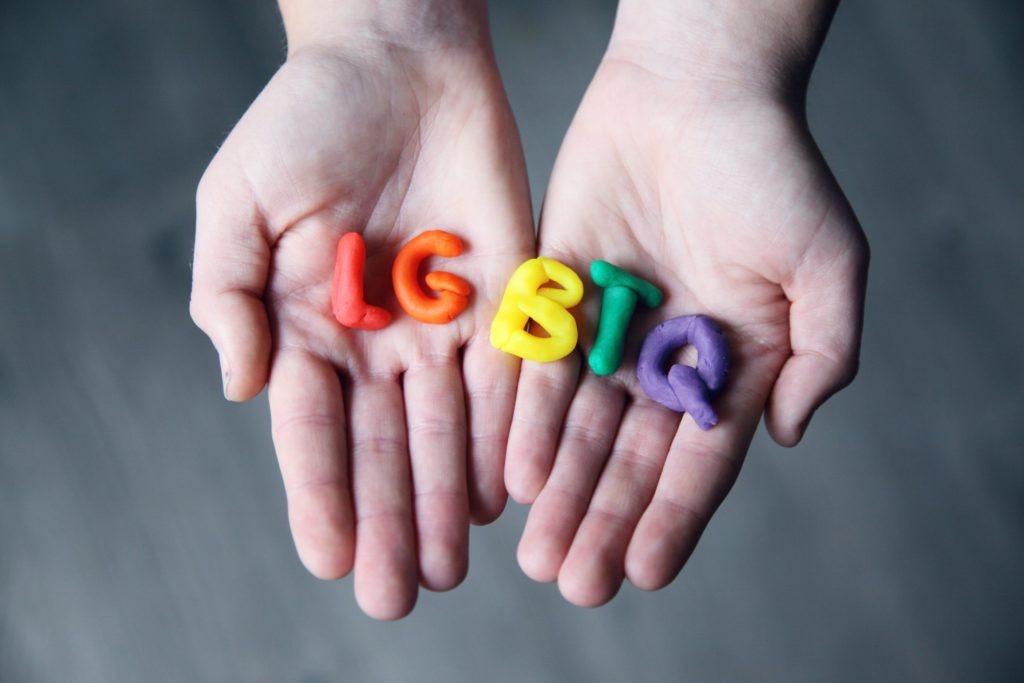4 Min Read
What Does ‘Queering Psychology’ Mean?
One thing all mental health professionals know is that every individual patient brings unique issues to therapy that require personalized approaches to treatment. There may be no better example of the need for these individualized therapy approaches than when providing mental health services for members of the LGBTQ+ community.
To this end, the American Psychological Association (APA) published Teaching LGBTQ Psychology: Queering Innovative Pedagogy in 2017. Whit Easton, M.A., a writer, educator, and advocate for LBGTQ+ mental health, wrote in Psychology Today that the “beautiful (and much needed) vision” of the APA’s book is to “begin to train therapists to competently address the unique needs of our community, from coming-out issues to affirmative language and terminology to the ‘impact of history, identity, culture, and community on various aspects of functioning for LGBTQ+ individuals,’ amongst other themes.”
“Queer” is often used as an umbrella term for LGBTQ+ gender and sexual identities, incorporating the gay community, bisexual individuals, transgender people, and as many as 90 other terms. Easton adopted the term “queering” from the APA book’s title and coined the phrase “queering psychology” for this psychotherapy approach. In this context, Easton writes, “queering” means “looking at psychology through a culturally sensitive lens, responding in affirming ways to minority gender and sexual identities.”

A Checkered Past
Although Easton and others have observed”great strides for diversity in regard to sexual orientation and gender” in the past decade, the mental health field hasn’t always understood the daily life struggles of LGBTQ+ community.
Until 1973, the American Psychiatric Association (APA) classified homosexuality as a mental illness. Although APA members voted in 1973 to remove “homosexuality” from its Diagnostic and Statistical Manual of Mental Disorders, it was replaced by “sexual orientation disturbance” for people “in conflict with” their sexual orientation. It wasn’t until 1987 that this phrasing also was removed. The World Health Organization (WHO) kept the term “homosexuality” in its International Classification of Diseases (ICD) until 1992.
The prescribed treatment for these so-called psychiatric disorders was conversion therapy, which is sometimes referred to as reparative therapy. The goal of conversion therapy was to change a person’s sexual orientation or gender identity. According to The Trevor Project, an organization working to eliminate conversion therapy in all 50 of the United States, shares that conversion therapists use “a variety of shaming, emotionally traumatic or physically painful stimuli to make their victims associate those stimuli with their LGBTQ identities.”
There are significant risks associated with the conversion therapy approach — especially with youth. According to The Trevor Project, conversion therapy “amplifies the shame and stigma so many LGBTQ young people already experience” and can lead to significant depression, anxiety disorders, and self-destructive behavior.
Studies shared by The Trevor Project show that “lesbian, gay, and bisexual youth” who have lacked acceptance or affirmation from parents or other caregivers and loved ones are already nearly six times more likely to “report high levels of depression” and “more than eight times more likely to have attempted suicide.” Although adolescents are especially susceptible, LGBTQ+ people of all ages are also at risk for discrimination, internalized homophobia, or physical and verbal abuse, and violence. There are notable disparities in rates of occurrence of physical health issues (e.g., HIV, AIDS, and the occurrence of substance abuse and tobacco use) within the LGBTQ community as well. For these reasons, the LGBTQ+ community often benefits most from a specialized psychotherapy approach.

Find a LGBTQIA+ Affirming Therapist
Get personalized matchesQueering Psychology in Practice
In 1998, the American Psychiatric Association issued a statement opposing “conversion” or “reparative” therapies. The organization expanded its statement in 2013, saying that they do not believe “same-sex orientation should or needs to be changed, and efforts to do so represent a significant risk of harm.”
Easton applauds these statements but adds a caveat: “there is a distinction between not seeing gayness as a mental disorder and tending to the mental health needs of the LGBTQ+ community with skill and grace.” Through continuing education from leading psychological organizations and college programs, therapists are furthering the practice of queering psychology, by using approaches designed to embrace and affirm a person’s sexual orientation or gender identity while at the same time treating their mental health problems.
New York City therapist K. Pierre, M.A., LMHC, manages a website called Queering Psychology. In his blog, Pierre explains that “[t]o queer psychology (in my opinion) would be to practice therapy from a trauma-informed, systemic oppression-aware, harm reduction-guided, and client-centered approach.”
The American Psychological Association’s 21 Practice Guidelines for LGB Clients urge psychologists and therapists to use interventions that increase clients’ sense of safety. The Guidelines are also designed to reduce client anxiety, help clients develop personal and social resources, resolve trauma, and empower clients to confront social stigma and discrimination.
These best practices also recommend helping LGBTQ+ individuals work through relationship complexities with one another or with family members. For example, although a gay, lesbian, or bisexual couple may have many of the same relationship difficulties as a heterosexual couple, they may also face conflicts unique to the population (e.g., one partner who has come out to their family while the other has not).
Beyond Queering Psychology
Over the last few decades, the psychiatric community has made great strides in understanding and developing best practices for the unique mental health needs of the LGBT community. Other programs, like The Trevor Project, are leading the charge for social justice by educating people across the United States about gender identity, gender expression, sexual identity, and LGBTQ+ issues.
Programs in queer theory and lesbian studies are in high demand at United States colleges and universities. The Substance Abuse and Mental Health Services Administration (SAMHSA) maintains a wealth of educational material for the LGBTQ+ population, including community support programs, behavioral health resources, and government initiatives. The National Suicide Prevention Lifeline also offers support and recommendations for strengthening mental health within the LGBTQ+ community, such as establishing a solid support group of friends and family members and having a safety plan in place for mental health crises. As Whit Easton writes in Psychology Today, “Progress starts with education.” Easton adds, “We’ve come so far, and yet we have a ways to go.”
Reach out to an LGBTQ+ therapist today.
If you’re looking for a licensed psychologist or therapist who understands queer psychology and the unique needs of the LGBTQ+ population, let With Therapy help you find your ideal match. WithTherapy’s match algorithms go way beyond appointment availability and location. You can search for therapists based on their gender, sexual orientation, years in practice, mental health specialties, and other qualifiers. Don’t wait to start your journey toward excellent mental health today.
Find a LGBTQIA+ Affirming Therapist




